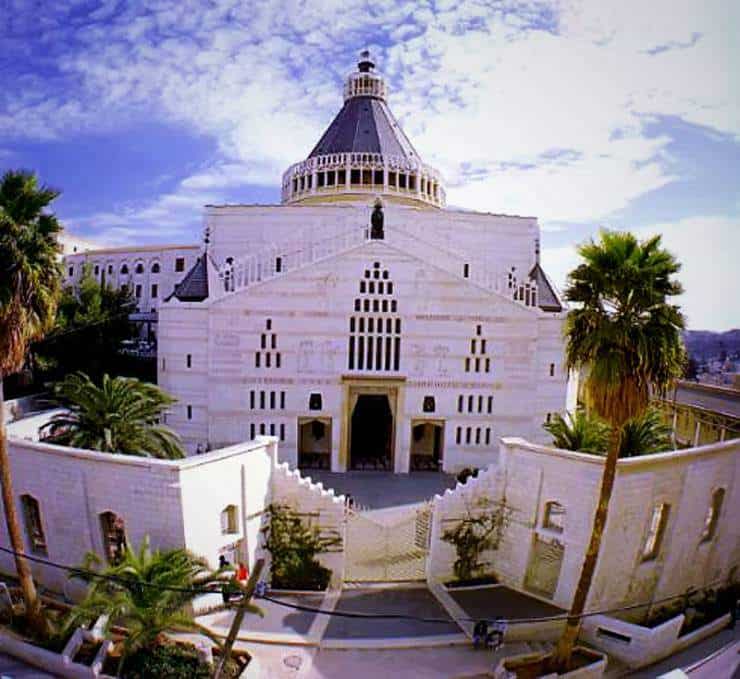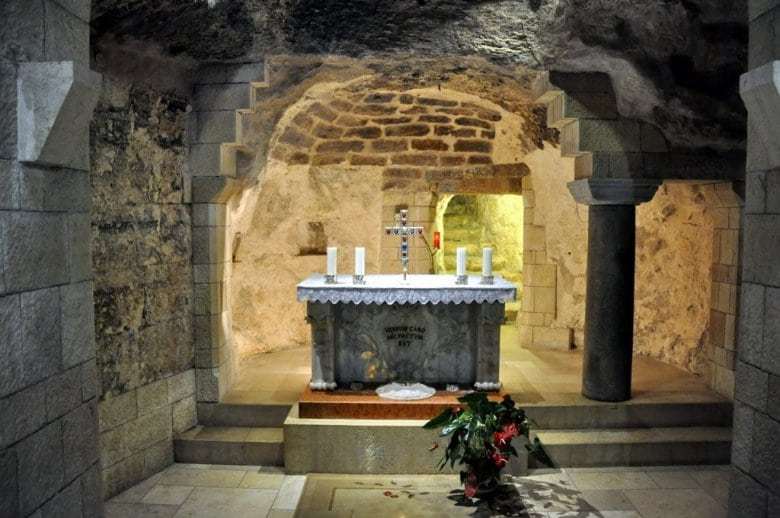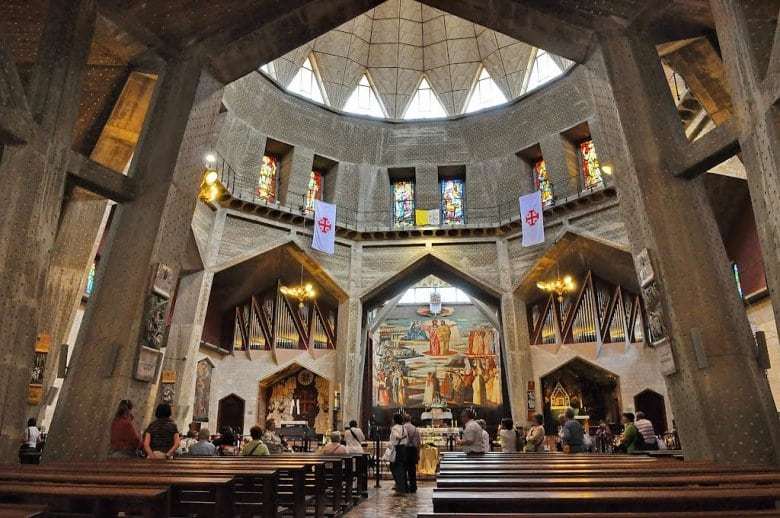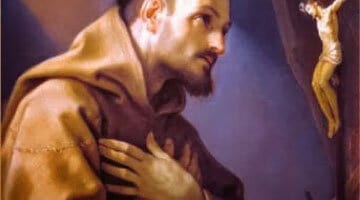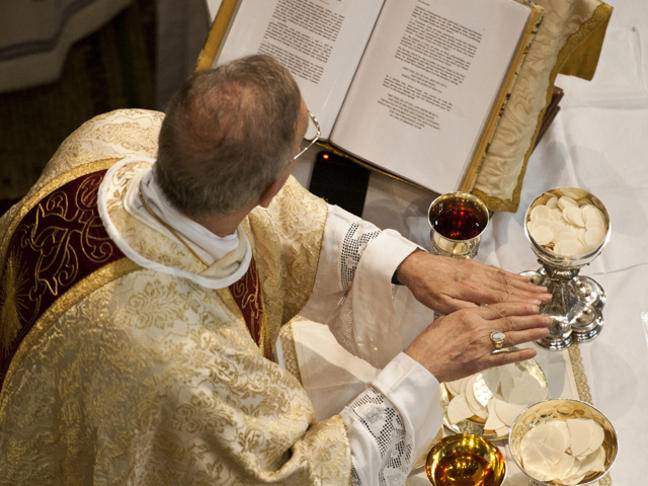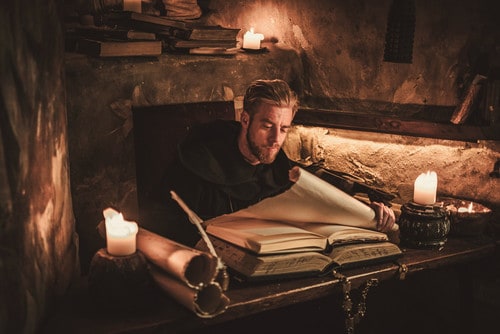The Franciscans have a unique relationship with Nazareth that is enduring and endearing. They are the guardians of the Church of the Annunciation (in Hebrew: כנסיית הבשורה, Arabic: كنيسة البشارة, Greek: Εκκλησία του Ευαγγελισμού της Θεοτόκου), the iconic basilica built over the spot where Christ was conceived in the womb of the Virgin by the power of the Holy Spirit.
In 383 the Spanish pilgrim, the Lady Egeria, visited Nazareth and was shown a “big and very splendid cave in which Mary lived. An altar has been placed there.” This was likely the larger of the caves enshrined in the grotto of the present Basilica of the Annunciation. By Roman Catholic tradition, it is the place where the angel Gabriel appeared to the Blessed Virgin Mary.
By 570, a church had been built on the site.
Unlike Jerusalem or Bethlehem, a Roman Catholic clerical presence in Nazareth was not re-established until 1620 when the Druze emir Fakhr-a-Din permitted the Franciscan fathers to purchase the ruins of the crusader cathedral and grotto.
Interestingly, there was a Wakf Donation made by the Quadi of Safed to the Frank Christians (attached below) who had for centuries before made devout pilgrimage to Mary’s childhood home. So when St. Francis, or Francesco, the little Frenchman comes to the Holy Land about two hundred years later, he was following a well-trodden pathway of faith and pilgrimage.
In 1730, the Franciscans obtained a firman decree from the Ottoman sultan allowing them to build a new church on the site. This structure was enlarged in 1877, and then completely demolished in 1955 to allow construction of a new basilica.
The new basilica, the largest Christian sanctuary in the Middle East, was dedicated in 1964 by Pope Paul VI during his visit to the Holy Land and consecrated on 23 March 1969.
Additional:
The Wakf Donation
… Praise to Him to Whom is due praise and thanks and prayer and peace be upon his Prophet, the most noble of all creation, upon his family and his Companions keeping to the straight path.
This is the document of a waqf (gift), authentic, legal, binding, written down and valid up to this present moment. It comes from the person who decreed this edict. Its content, interpretation and prescription are to be understood accordingly. In agreement with our gracious law and with the assembly of the eminent and illustrious tariqa of the mighty and fortified stronghold of Safed may the Eternal God watch over it in the presence of our most learned Lord, faithful, most intelligent governor hanifite who affixed his own signature to the upper part of this document, we now present Signor Jean from the Frankish Community. He is the legal procurator on behalf of James, the Frenchman, who represents the community subject to the wishes of our Lord the Sultan May the Lord God strengthen his throne and prolong his reign! The proxy status of the aforementioned Jean exists in virtue of legal and oral instruments, and is still valid according to the testimony of the two dhimmi (guarantors) David, son of Elias the tailor, from the community of the Jews of Safed presently residing in Sidon, and of David, son of Menaham the Jew perfumer at Sidon, from whom it is evident that the aforesaid James has given proxy in the transcribed legal form to the Jean already referred to, to receive in waqf that which he had built by his own hand and at his own expense and good will on the solid place over the grotto which is in the village of Nazareth used by the Frank Christians for their visits and which has been theirs from ancient times to the present day for their visits. A place has been made there for the veneration of Mary, mother of the Lord Jesus may the prayer and peace of God descend upon our Prophet and those under him and they always go there to visit this grotto. On this basis the legal governor has granted to this James of Vendôme the building; and in virtue of the perpetual order of our lord the Sultan May the merciful God watch over him! …
This waqf has therefore become a legal waqf binding and in force: it shall not be either changed or substituted in any of its single parts …
This legal deed was dictated at the end of the month of Dhu al-Qi‘dah of year 1043.
(From the legal document of the Qadi of Safed)

